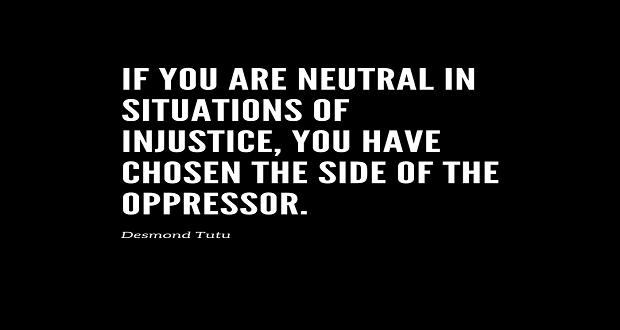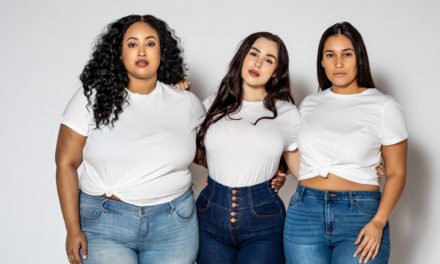
Two models from the Shea Moisture ad, ‘Everybody Gets Love’
An increasingly multicultural and globalized world has led to a growing need for culturally competent and relevant marketing and advertising strategies that appeal to a variety of consumers. While organizations are charged with developing innovative and competitive marketing campaigns to sell their products and expand their customer base, an aspect of advertisement that is often overlooked is the diversity within ads. Whether the platform be social media, a commercial, or an old-fashioned magazine, including a diverse representation of individuals that reflect a brand’s client base is no longer a “nice to have”, but a necessity. Simply put, if diversity isn’t present at the table, and inclusion is not valued or practiced, there is a risk that unintended biases, stereotypes, or even cultural microaggressions could be incorporated into a final product.
Cultural competency is imperative to the development and distribution of consumer goods, and commercial companies have recently began to recognize the benefits of expanding their marketing beyond dominant groups and truly seeking to understand the needs of other smaller, often marginalized communities, including women, people of color, and individuals with disabilities. There is, however, a delicate balance between careful marketing and exploitation, even if well-intentioned. Targeted advertising and deliberate attempts to connect with specific communities hasn’t always been done in the most considerate or culturally sensitive ways. In both the past and recent present, brands such as McDonalds and Pepsi have come under fire for overgeneralizing and stereotyping their black consumer base, and, in the latter case, trivializing important issues in the black community. While perhaps well-intended and meant to connect with the members of this community, the ads ran by both of these companies perpetuated negative stereotypes, exploited caricatures of the black culture, and were widely viewed as naïve, insensitive, and, in some cases, hurtful.
A recent example of this phenomenon occurred when personal care company Shea Moisture launched a new commercial featuring their #EverybodyGetsLove campaign, which spawned a vicious backlash from people of color, particularly women, upon its release to the public. Founded in Harlem, NY in 1991 by Liberian refugees, Shea Moisture quickly became a household name for black women and men with kinky and curly hair looking for a product that was an alternative to all of the products already in the market for straight and less textured hair types. The brand also encouraged individuals with more kinky, tightly curly hair to celebrate their natural hair texture and continues to be a distinguished hair care line within the natural hair community.
The cheery, colorful video’s caption encourages its audience to “break free from hair hate” and “embrace hair love.” On its surface, the message of the video sounds very positive, especially considering the precarious history that black women have had in defending the beauty and even professionalism of their natural hair. Interestingly enough, however, the ad featured only one woman of color, while the rest of the “hair love” was peddled by white women with straight hair. What was distinctly missing from the video was any woman of color with kinky or coarse hair, or darker skin. Shea Moisture, it seemed, had “erased” the stories of these women from their commercial.
Shea Moisture’s video may have been an effort to attract a customer base outside of its normal clientele, but its failure to include any of the women who have consistently purchased and promoted their product was disheartening. In their attempt to be more inclusive, Shea Moisture unwittingly excluded a large segment of their consumer base. It was, in fact, black women, with kinky, coily, and curly hair that had at first supported Shea Moisture and allowed its brand to grow. Now it would seem that the organization was turning its back on this community.
Critiques of the marketing strategy compared the video to #AllLivesMatter rhetoric and criticized Shea Moisture for failing to include a more diverse representation of races, ethnicities, and hair textures in their ad. At what cost is inclusion, when it means the erasure of others? And while no overt stereotyping of women of color occurred (because there were literally none present in the video), it did overgeneralize the topic of “hair hate”, which has consistently been a point of concern in the black community.
Shea Moisture later issued an apology for the ad, stating, “Please know that our intent was not, and would never be, to disrespect our community.” I can see where – and why – Shea Moisture felt it necessary to broaden their reach, and why it might make sense for them now to open the marketing of their hair and personal products to a broader group. However, relying on the easy way to market or sell a product does not always mean a greater return on investment in the long run. In this case, Shea Moisture had to learn a hard lesson — that inclusion at any cost, is not, in fact, inclusion. In the future, companies must consider the diversity within their marketing, branding, and strategy teams to ensure that a variety of voices and perspectives are at least brought to the table and heard. When we have an opportunity to hear from different voices and points of view, we are given the chance to expand our own views and open ourselves up to perceptions and viewpoints we may have otherwise never considered.


















